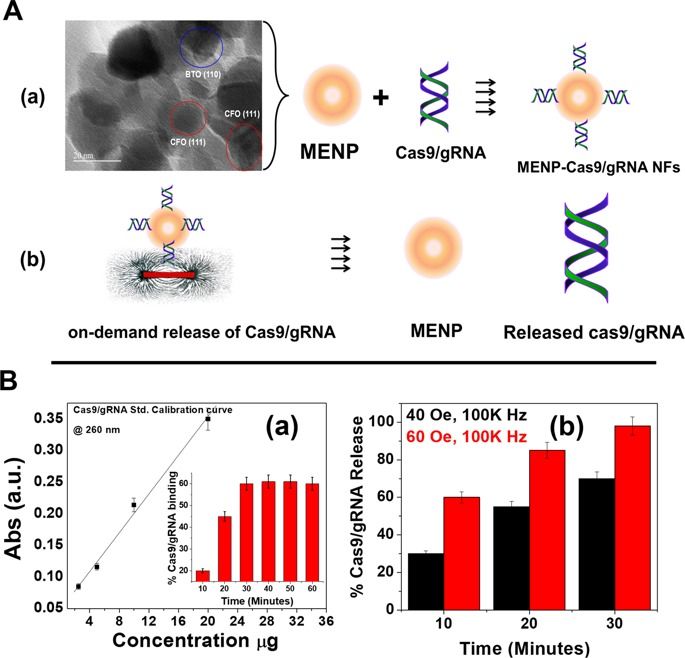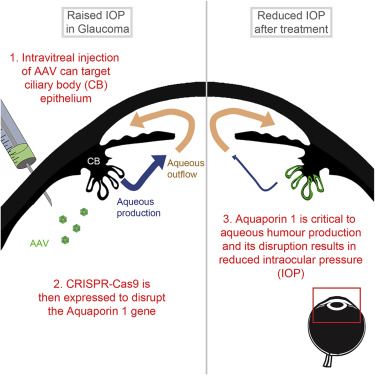Scientific Reports volume 9, Article number: 3928 ( 2019 ) Cite this article.


Scientific Reports volume 9, Article number: 3928 ( 2019 ) Cite this article.

HONG KONG — Pet cats and dogs cannot pass the new coronavirus on to humans, but they can test positive for low levels of the pathogen if they catch it from their owners.
That’s the conclusion of Hong Kong’s Agriculture, Fisheries and Conservation Department after a dog in quarantine tested weakly positive for the virus Feb. 27, Feb. 28 and March 2, using the canine’s nasal and oral cavity samples.
A unidentified spokesman for the department was quoted in a news release as saying. “There is currently no evidence that pet animals can be a source of infection of COVID-19 or that they become sick.”
I think we need, probably, on the order of 1,000 ships.


3 minutes for glaucoma eye surgery.
Cataract and glaucoma are eye diseases that progress by aging. Both are severe diseases that can cause blindness, but in Japan, unique treatment methods and causes are being investigated. For cataracts, the world is paying attention to a Japanese doctor who has devised an innovative surgical method which is in just over 3 minutes. And distinctive research is progressing at Japanese universities as to what kind of ingredients can delay the progression of glaucoma. How can we save people from blindness? Explore with us the forefront of Japanese ophthalmic medical care.

:oooo.
A novel approach to treat glaucoma is reported that achieves reduced intraocular pressure by combining intravitreal adeno-associated virus (AAV) gene delivery to the ciliary body with selective CRISPR-Cas9-mediated disruption of Aquaporin 1. Translational viability is assessed using both human ex vivo ciliary body cultures and two experimental mouse models.

Even since Alexander Fleming stumbled across penicillin—the first antibiotic drug—scientists knew our fight with evolution was on.
Most antibiotics work by blocking biological processes that allow bacteria to thrive and multiply. With prolonged, low-dosage use, however, antibiotics become a source of pressure that forces bacteria to evolve—and because these microorganisms are extremely adept at swapping and sharing bits of their DNA, when one member becomes resistant, so does most of its population.
Even more terrifying is this: because the same family of antibiotics generally act on the same biological pathways, when bacteria generate a mutation that resists one type of drug, it often renders that entire family of drugs useless.
The National Institutes of Health is testing the antiviral drug remdesivir, which is also being studied in patients in China. Running trials during epidemics is tricky, but scientists learned a lot about how to conduct them during recent Ebola outbreaks.